Design of a Wide-Beamwidth Pixelated Dielectric Resonator Antenna Using a Modified Stepped-Impedance Filter to Suppress Harmonics
Abstract
:1. Introduction
2. The Design of the Proposed Antenna
2.1. The Design of the Proposed Antenna with a Wide-Beamwidth Pattern
2.2. Designing the Filter for Higher-Mode Suppression
2.3. Simulation Results of the Proposed Antenna
3. Fabrication Results and Measurement
4. Conclusions
Author Contributions
Funding
Institutional Review Board Statement
Informed Consent Statement
Data Availability Statement
Conflicts of Interest
References
- Guo, L.; Leung, K.W.; Yang, N. Wide-beamwidth unilateral dielectric resonator antenna using higher-order mode. IEEE Antennas Wirel. Propag. Lett. 2018, 18, 93–97. [Google Scholar] [CrossRef]
- Boyuan, M.; Pan, J.; Wang, E.; Yang, D. Estimation and utilization of ground effects on conformal dielectric resonator antennas. IEEE Access 2019, 7, 162387–162394. [Google Scholar] [CrossRef]
- Sun, S.J.; Jiao, Y.C.; Weng, Z. Wide-beam dielectric resonator antenna with attached higher-permittivity dielectric slabs. IEEE Antennas Wirel. Propag. Lett. 2020, 19, 462–466. [Google Scholar] [CrossRef]
- Li, R.Y.; Jiao, Y.C.; Zhang, Y.X.; Zhang, L.; Wang, H.Y. A DRA With Engraved Groove and Comb-Like Metal Wall for Beamwidth Enhancement in Both E-and H-Planes. IEEE Antennas Wirel. Propag. Lett. 2021, 20, 543–547. [Google Scholar] [CrossRef]
- Mashhadi, S.H.; Jiao, Y.C.; Chen, J. Broadbeam cylindrical dielectric resonator antenna. IEEE Access 2019, 7, 112653–112661. [Google Scholar] [CrossRef]
- Boyuan, M.; Pan, J.; Huang, S.; Yang, D.; Guo, Y. Wide-beam dielectric resonator antennas based on the fusion of higher-order modes. IEEE Trans. Antennas Propag. 2021, 69, 8866–8871. [Google Scholar] [CrossRef]
- Yun, J.; Trinh-Van, S.; Park, J.Y.; Yang, Y.; Lee, K.Y.; Hwang, K.C. Cavity-Backed Patch Filtenna for Harmonic Suppression. IEEE Access 2020, 8, 221580–221589. [Google Scholar] [CrossRef]
- Lin, C.K.; Chung, S.J. A compact filtering microstrip antenna with quasi-elliptic broadside antenna gain response. IEEE Antennas Wirel. Propag. Lett. 2011, 10, 381–384. [Google Scholar]
- Tang, M.C.; Chen, Y.; Shi, T.; Ziolkowski, R.W. Bandwidth-enhanced, compact, near-field resonant parasitic filtennas with sharp out-of-band suppression. IEEE Antennas Wirel. Propag. Lett. 2018, 17, 1483–1487. [Google Scholar] [CrossRef]
- Ma, Z.; Vandenbosch, G.A. Wideband harmonic rejection filtenna for wireless power transfer. IEEE Trans. Antennas Propag. 2013, 62, 371–377. [Google Scholar] [CrossRef]
- Chin, C.H.; Xue, Q.; Chan, C.H. Design of a 5.8-GHz rectenna incorporating a new patch antenna. IEEE Antennas Wirel. Propag. Lett. 2005, 4, 175–178. [Google Scholar] [CrossRef]
- Sung, Y. Simple Patch Antenna with Filtering Function Using Two U-Slots. J. Electromagn. Eng. Sci. 2021, 21, 425–429. [Google Scholar] [CrossRef]
- Ramakrishna, C.; Kumar, G.A.R.P.; Sekhar, C. Quadruple Band-Notched Compact Monopole UWB Antenna for Wireless Applications. J. Electromagn. Eng. Sci 2021, 21, 406–416. [Google Scholar] [CrossRef]
- Yang, X.; Luyen, H.; Xu, S.; Behdad, N. Design method for low-profile, harmonic-suppressed filter-antennas using miniaturized-element frequency selective surfaces. IEEE Antennas Wirel. Propag. Lett. 2019, 18, 427–431. [Google Scholar] [CrossRef]
- Lyou, M.; Kim, G.; Lee, B. Design of Thin and Wideband Microwave Absorbers Using General Closed-Form Solutions. J. Electromagn. Eng. Sci. 2021, 21, 430–438. [Google Scholar] [CrossRef]
- Gong, Y.J.; Li, J.J.; Zhou, Y.; Li, Y.; Chung, H.S.H.; Shi, Y.H.; Zhang, J. Genetic learning particle swarm optimization. IEEE Trans. Cybern. 2015, 46, 2277–2290. [Google Scholar] [CrossRef] [PubMed] [Green Version]
- Lee, K.; Kim, Y.; Chung, Y.C. Design automation of uhf rfid tag antenna design using a genetic algorithm linked to mws cst. In Proceedings of the 4th IEEE International Symposium on Electronic Design, Test and Applications (DELTA 2008), Hong Kong, China, 23–25 January 2008; pp. 603–606. [Google Scholar]
- Trinh-Van, S.; Yang, Y.; Lee, K.Y.; Hwang, K.C. A wideband circularly polarized pixelated dielectric resonator antenna. Sensors 2016, 16, 1349. [Google Scholar] [CrossRef] [PubMed] [Green Version]
- Maity, B. Stepped impedance low pass filter using microstrip line for C-band wireless communication. In Proceedings of the International Conference on Computer Communication and Informatics (ICCCI), Coimbatore, India, 7–9 January 2016; pp. 1–4. [Google Scholar]
- Kushwah, V.S.; Tomar, G.S.; Bhadauria, S.S. Designing stepped impedance microstrip low-pass filters using artificial neural network at 1.8 GHz. In Proceedings of the International Conference on Communication Systems and Network Technologies, Gwalior, India, 6–8 April 2013; pp. 11–16. [Google Scholar]
- Gardner, D.W.; Wickert, M.A. Microwave filter design using radial line stubs. In Proceedings of the IEEE Region 5 Conference, 1988: ‘Spanning the Peaks of Electrotechnology’, Colorado Springs, CO, USA, 21–23 March 1988; pp. 68–72. [Google Scholar]
- Basit, A.; Khattak, M.I.; Althuwayb, A.; Nebhen, J. Compact Tri-band Bandpass Filter Based on Asymmetric Step Impedance Resonators for WiMAX and RFID Systems. J. Electromagn. Eng. Sci. 2021, 21, 316–321. [Google Scholar] [CrossRef]
- Sung, Y. A novel dual-mode dual-band bandpass filter based on a single ring resonator. J. Electromagn. Eng. Sci. 2020, 20, 91–95. [Google Scholar] [CrossRef]
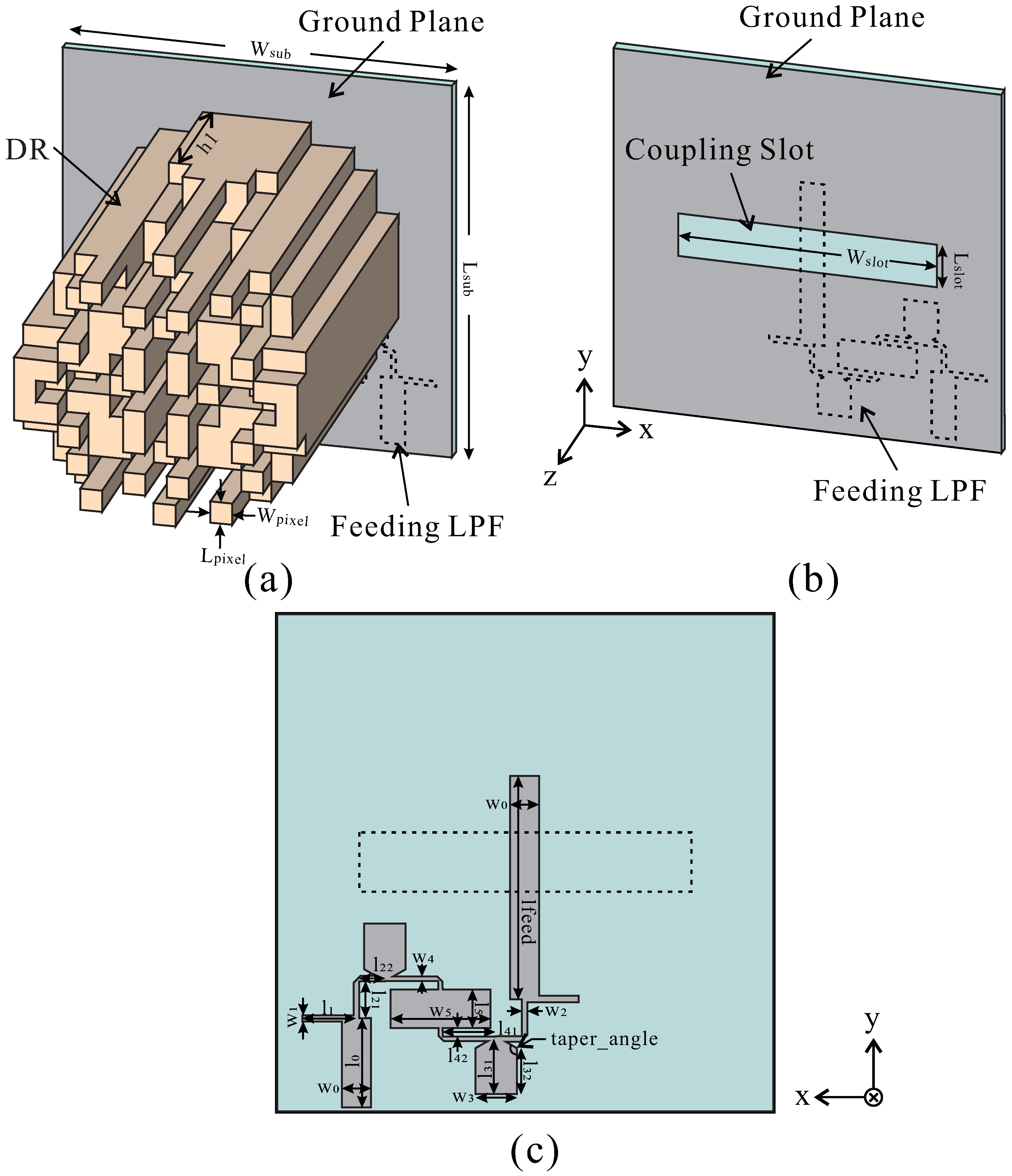
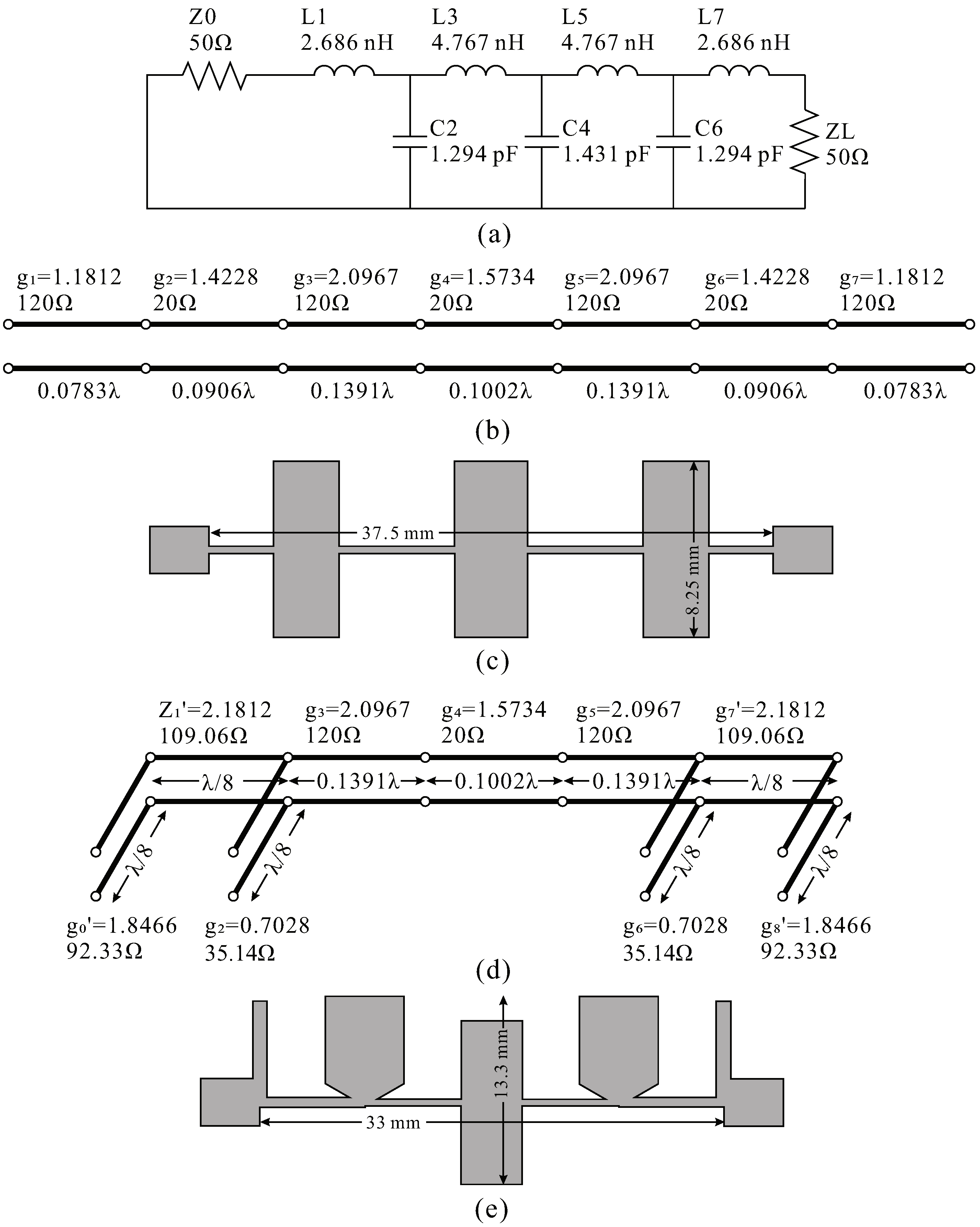
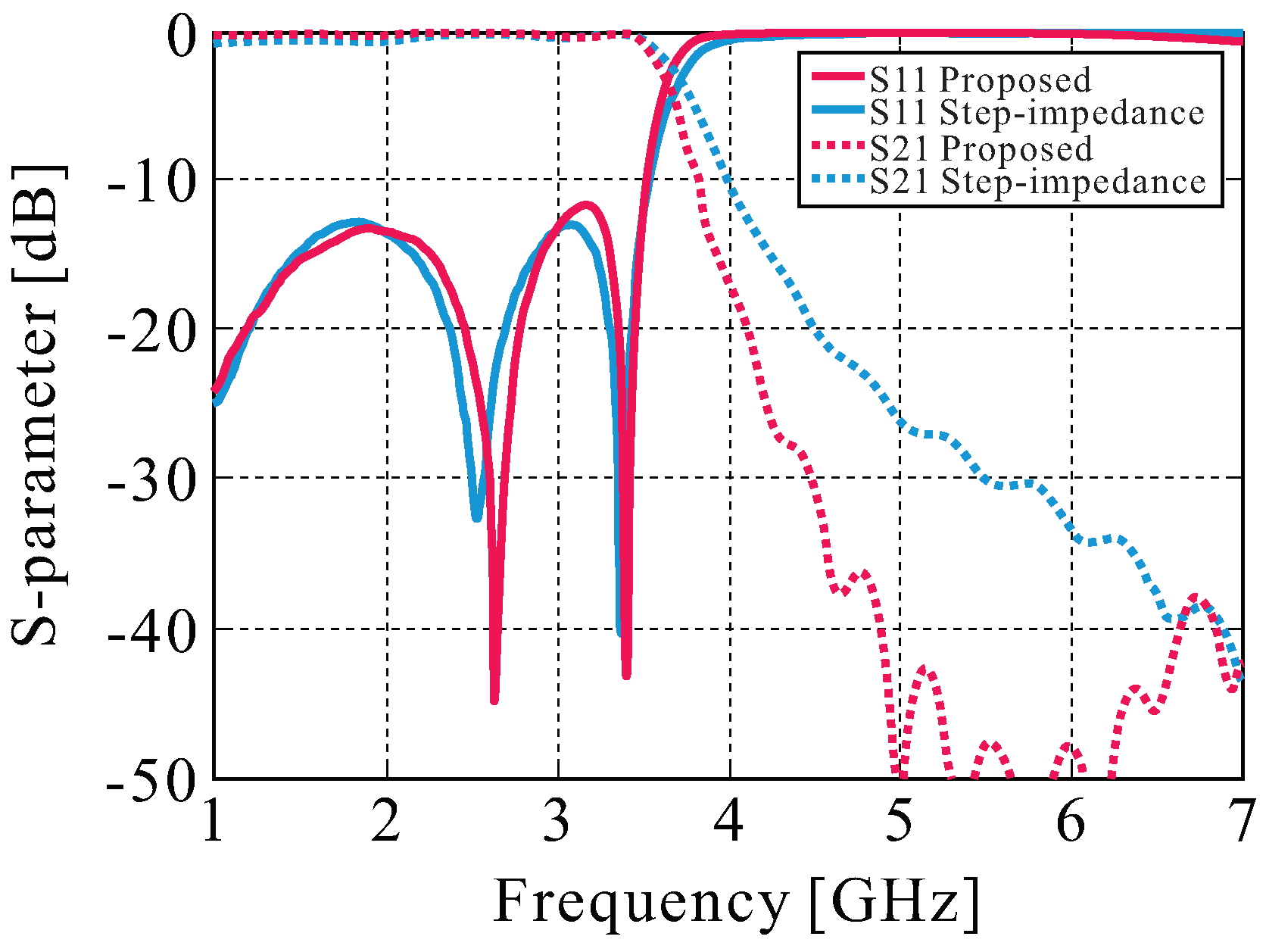
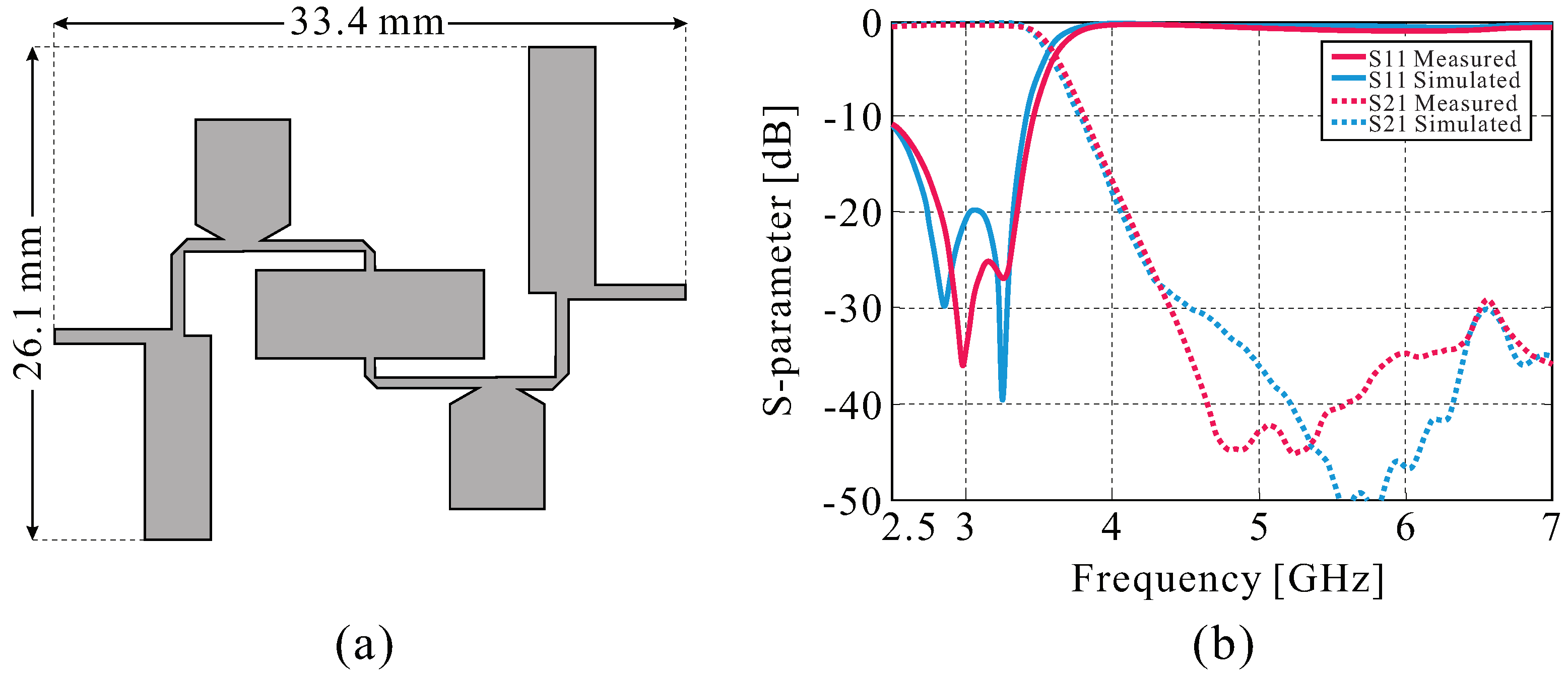

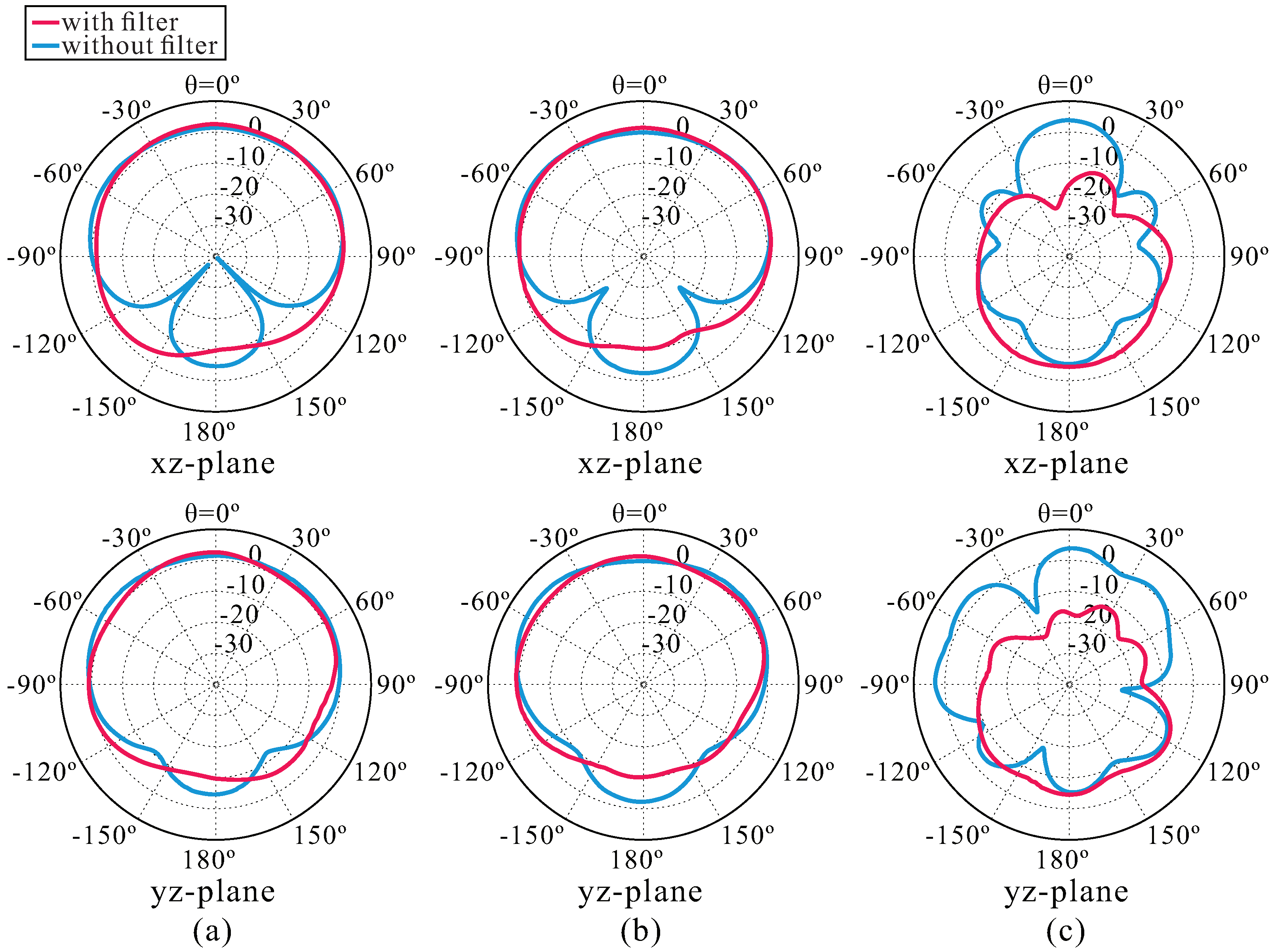
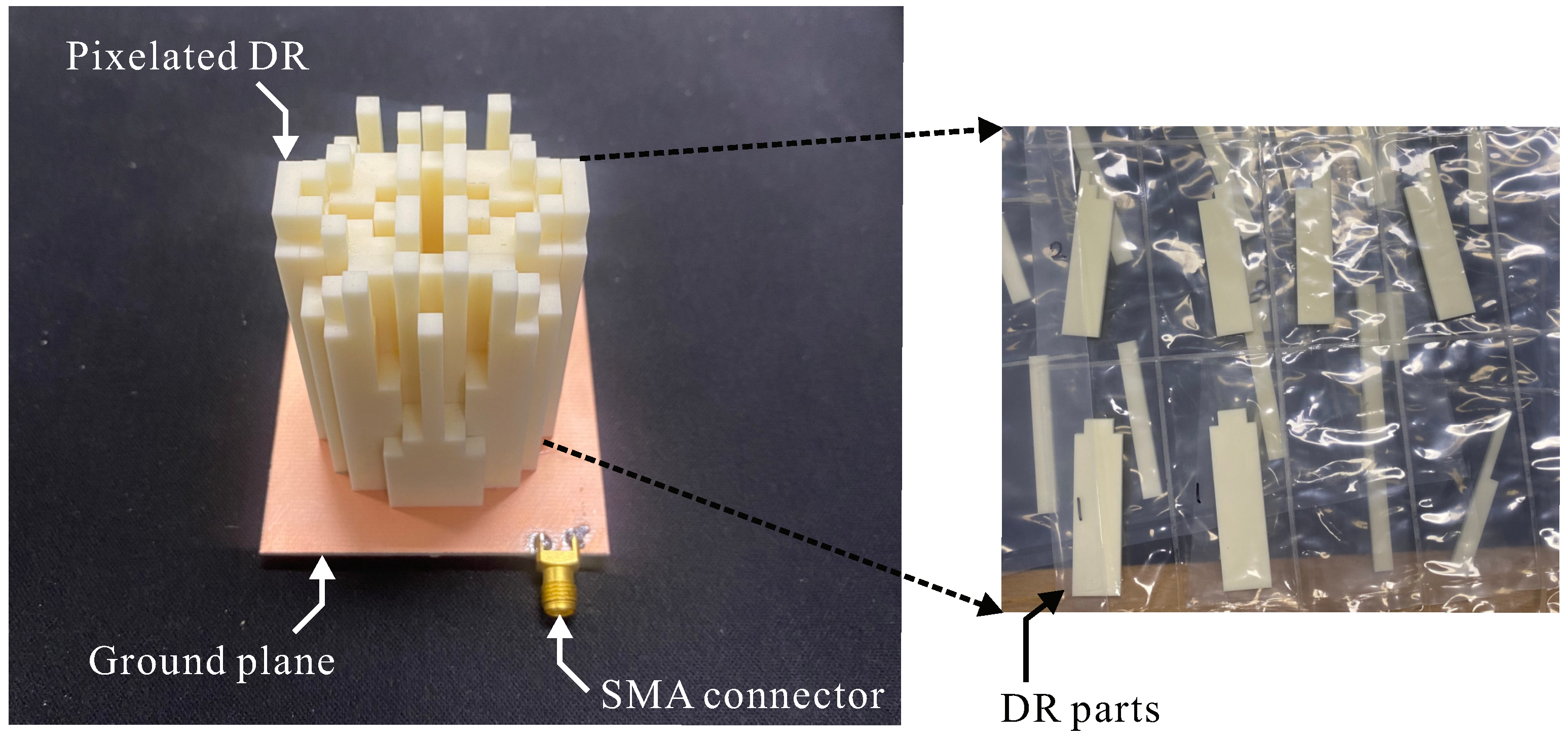
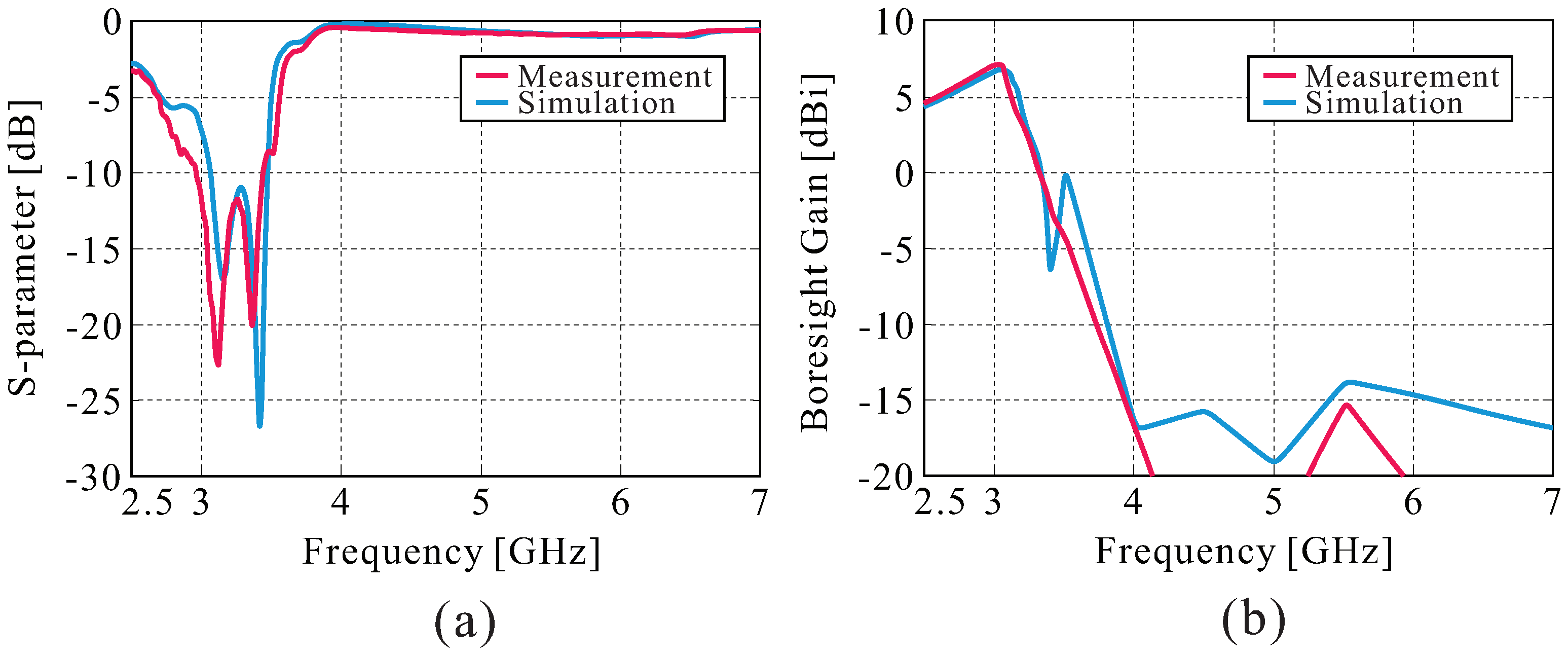
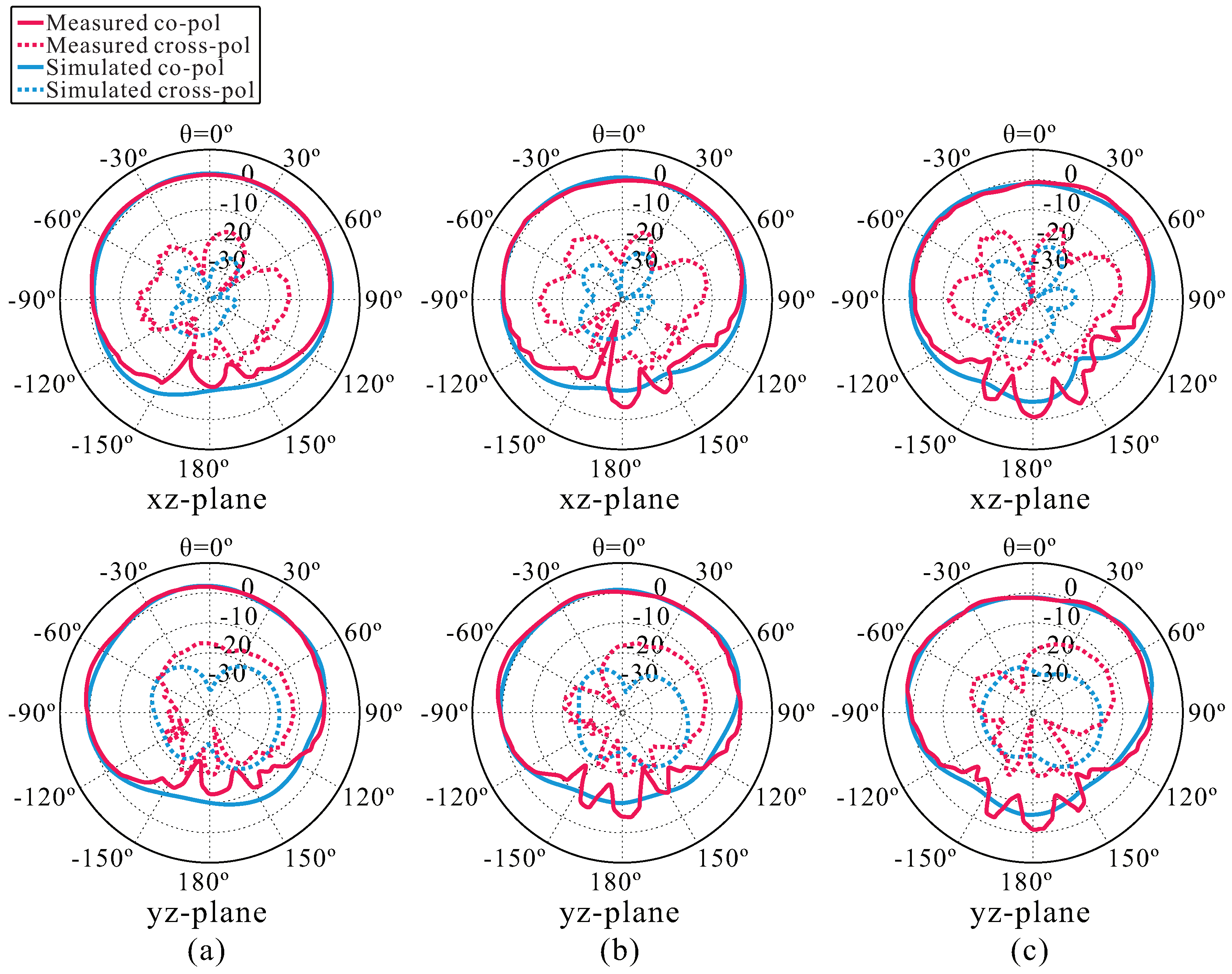
| Optimized Value | ||||||||||||
|---|---|---|---|---|---|---|---|---|---|---|---|---|
| 20 | 25 | 55 | 25 | 20 | ||||||||
| 50 | 60 | 35 | 25 | 25 | 25 | 35 | 60 | 50 | ||||
| 50 | 55 | 45 | 35 | 60 | 45 | 60 | 35 | 45 | 55 | 50 | ||
| 50 | 35 | 55 | 55 | 30 | 55 | 30 | 55 | 55 | 35 | 50 | ||
| 55 | 55 | 60 | 55 | 55 | 60 | 35 | 60 | 55 | 55 | 60 | 55 | 55 |
| 60 | 60 | 55 | 55 | 25 | 60 | 25 | 60 | 25 | 55 | 55 | 60 | 60 |
| 60 | 55 | 50 | 20 | 55 | 25 | 30 | 25 | 55 | 20 | 50 | 55 | 60 |
| 60 | 60 | 55 | 55 | 25 | 60 | 25 | 60 | 25 | 55 | 55 | 60 | 60 |
| 55 | 55 | 60 | 55 | 55 | 60 | 35 | 60 | 55 | 55 | 60 | 55 | 55 |
| 50 | 35 | 55 | 55 | 30 | 55 | 30 | 55 | 55 | 35 | 50 | ||
| 50 | 55 | 45 | 35 | 60 | 45 | 60 | 35 | 45 | 55 | 50 | ||
| 50 | 60 | 35 | 25 | 25 | 25 | 35 | 60 | 50 | ||||
| 20 | 25 | 55 | 25 | 20 | ||||||||
| Parameter | Value | Parameter | Value | Parameter | Value |
|---|---|---|---|---|---|
| 3.5 | 10.77 | 6.5 | |||
| 0.74 | 6.52 | 1.1 | |||
| 0.63 | 4.5 | 4.6 | |||
| 4.99 | 3.13 | lfeed | 26.88 | ||
| 0.5 | 6.69 | taper angle | |||
| 12.05 | 5.54 |
| Frequency | Boresight Gain | x–z Plane | y–z Plane |
|---|---|---|---|
| 3.25 | 1.84 dBi | 187.46 | 168.63 |
| 3.3 | 0.86 dBi | 184.63 | 151.42 |
| 3.35 | −0.19 dBi | 167.76 | 143.93 |
Publisher’s Note: MDPI stays neutral with regard to jurisdictional claims in published maps and institutional affiliations. |
© 2022 by the authors. Licensee MDPI, Basel, Switzerland. This article is an open access article distributed under the terms and conditions of the Creative Commons Attribution (CC BY) license (https://creativecommons.org/licenses/by/4.0/).
Share and Cite
Lee, D.G.; Jeong, T.; Hwang, K.C. Design of a Wide-Beamwidth Pixelated Dielectric Resonator Antenna Using a Modified Stepped-Impedance Filter to Suppress Harmonics. Appl. Sci. 2022, 12, 7765. https://doi.org/10.3390/app12157765
Lee DG, Jeong T, Hwang KC. Design of a Wide-Beamwidth Pixelated Dielectric Resonator Antenna Using a Modified Stepped-Impedance Filter to Suppress Harmonics. Applied Sciences. 2022; 12(15):7765. https://doi.org/10.3390/app12157765
Chicago/Turabian StyleLee, Dong Geun, Taeyong Jeong, and Keum Cheol Hwang. 2022. "Design of a Wide-Beamwidth Pixelated Dielectric Resonator Antenna Using a Modified Stepped-Impedance Filter to Suppress Harmonics" Applied Sciences 12, no. 15: 7765. https://doi.org/10.3390/app12157765







